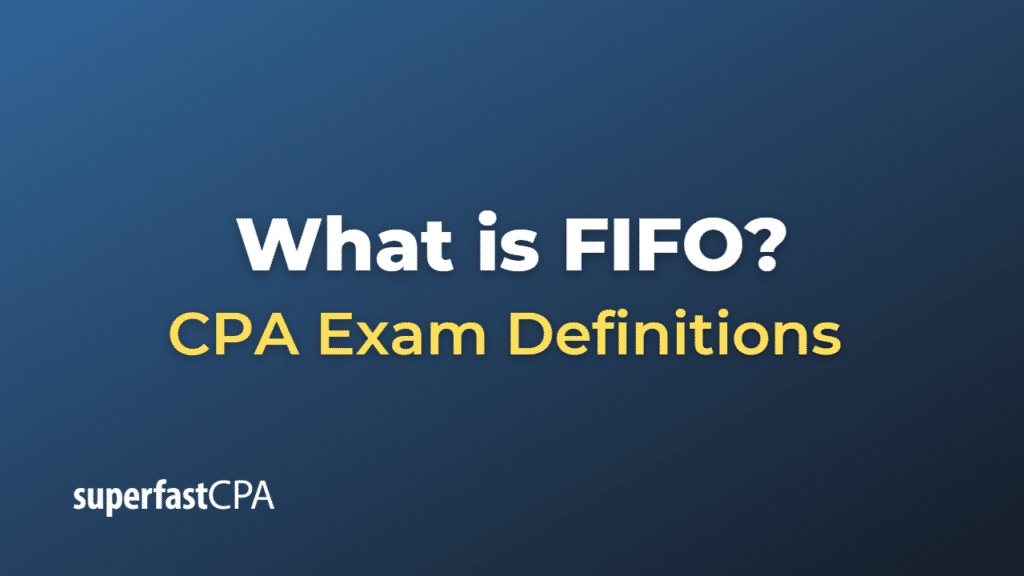FIFO
FIFO stands for “First-In, First-Out.” It’s an inventory management and valuation method used in accounting where the oldest inventory items are recorded as sold first. Essentially, the goods that were acquired first are the ones that are sold first.
Let’s take an example:
Suppose a grocery store orders 100 apples at $1 each. A week later, they order another 100 apples at $1.20 each. A few days later, they sell 150 apples.
Under the FIFO method, the first 100 apples sold would be valued at the cost of the first batch ($1 each), and the next 50 apples sold would be valued at the cost of the second batch ($1.20 each).
The assumption in FIFO is that the oldest goods are sold first and therefore the inventory item sold matches the cost of the item that has been in the inventory the longest.
This method is particularly relevant in businesses where inventory is perishable or subject to rapid changes in fashion, such as food businesses or clothing retailers.
It’s important to note that while FIFO can provide a good cost flow assumption for the income statement and balance sheet, it doesn’t necessarily reflect the actual physical flow of goods.
Example of FIFO
Let’s consider an example of FIFO with a simple t-shirt business.
- On January 1st, the business purchases 10 t-shirts for $5 each, spending $50 total.
- On January 15th, the business buys an additional 20 t-shirts for $6 each, spending $120 total.
- On January 20th, the business sells 15 t-shirts for $10 each, earning $150 total.
Now, when calculating the cost of goods sold (COGS) and the ending inventory, we will use the FIFO method.
Since we’re using FIFO, we’ll assume that the first t-shirts sold were the ones we bought first. So, out of the 15 t-shirts sold:
- The first 10 t-shirts would be from the January 1st purchase ($5 each, so $5*10 = $50).
- The next 5 t-shirts would be from the January 15th purchase ($6 each, so $6*5 = $30).
So, the COGS would be $50 (from the first 10 t-shirts) + $30 (from the next 5 t-shirts) = $80.
And the ending inventory would be the remaining 15 t-shirts from the January 15th purchase ($6 each, so $6*15 = $90).
This way, by using the FIFO method, the business can determine the COGS and the value of the remaining inventory, crucial information for financial reporting and business decision-making.













